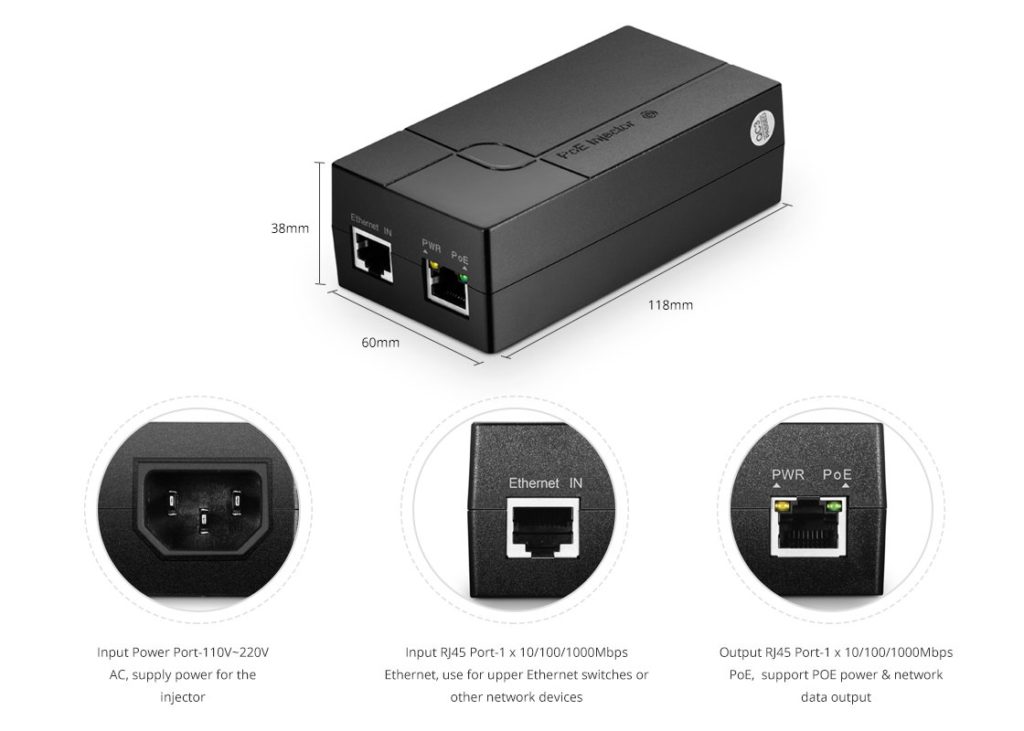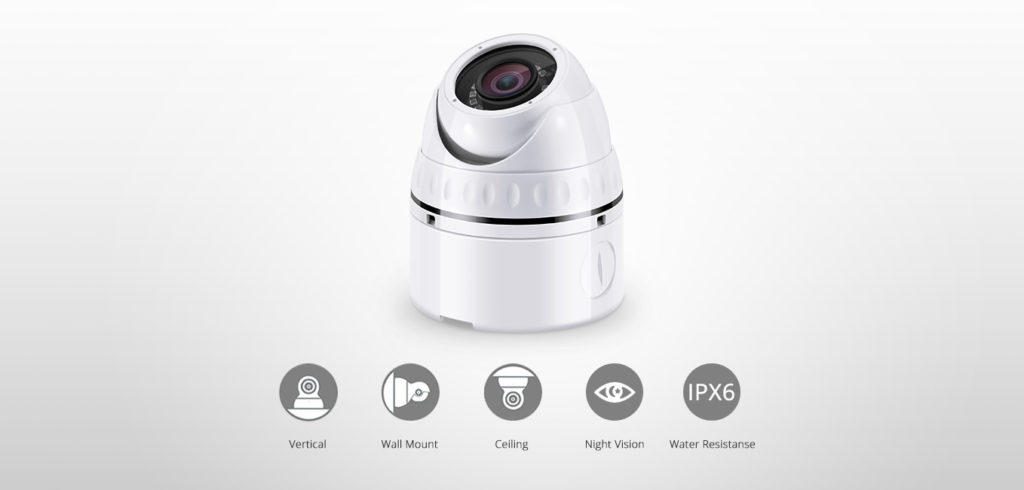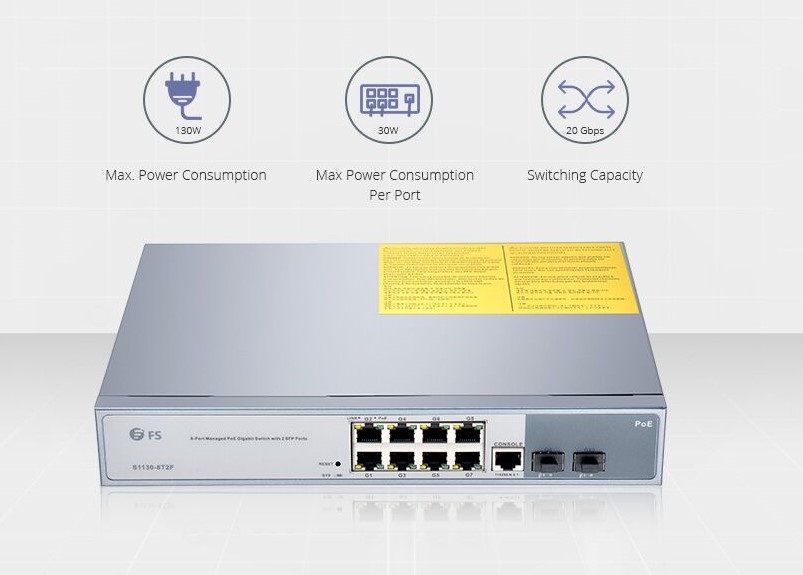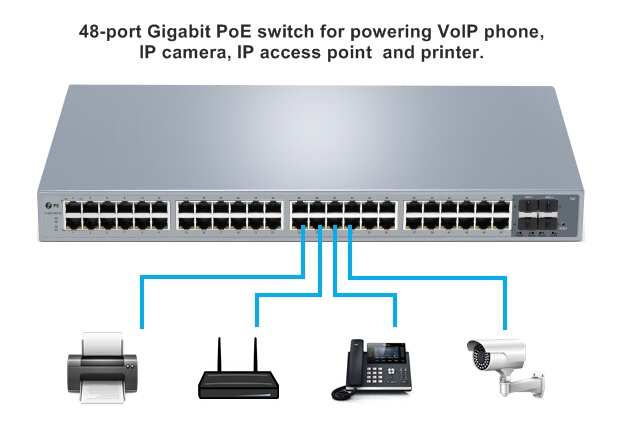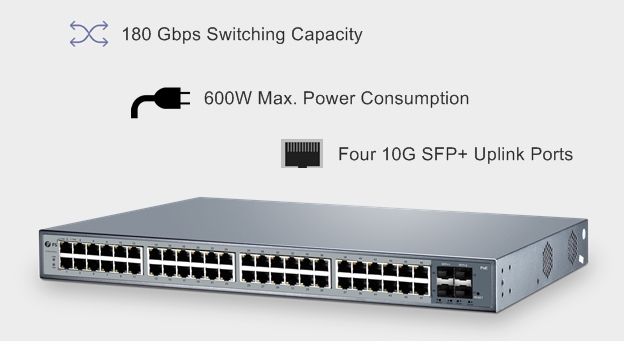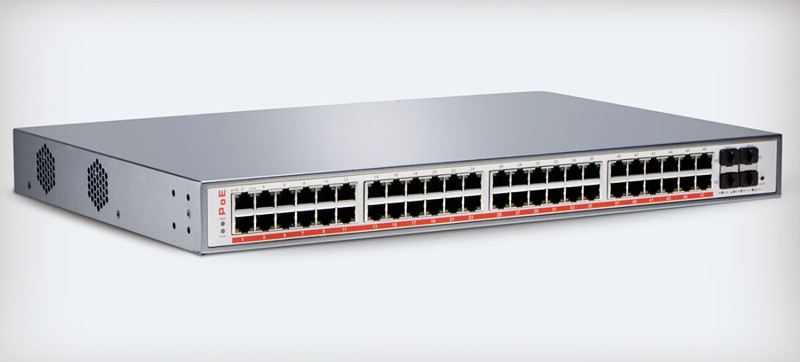Are you looking for a solution to easily power your IP cameras? It’s no doubt to use a PoE injector or Gigabit PoE switch to complete the installation. Once your system is established, you can view your home circumstance from your computer or smartphone from anywhere. Here focus on how to use a PoE injector to install an IP camera.
What Does a PoE Injector Do?
Power over Ethernet is commonly regarded as PoE for short. It’s a technology that can transfer both power and data over twisted pair Ethernet cables such as Cat5e, Cat6, etc. A Poe injector is a device that is commonly known as the “midspan”. It supplies power to a camera by delivering power into the Ethernet cable. Usually, a power over Ethernet injector converts the alternating current into direct current so it can be the power supplier for low voltage IP camera.
What Does an IP Camera Do?
Unlike the traditional cameras, IP cameras can send and receive data over a LAN or the Internet. It’s a separated unit with its own IP address that needs nothing but a network connection like WiFi or PoE injector switch. IP cameras capture images just like a digital camera, and compress the files for transmission over the network. So these images can be viewed anywhere in the world. Also, this camera can be controlled remotely.
How to Use a PoE Injector to Install an IP Camera
Before the installation, we should prepare a PoE injector, IP camera and Cat5e cables. Here, we will choose the products, single port 10/100/1000M Gigabit PoE injector, 3MP indoor/outdoor dome IP camera with infrared from FS.COM as an example.
-
Single port 10/100/1000M Gigabit PoE injector fully complies with IEEE 802.3af. It has two RJ45Ethernet ports, one is labeled Data In and one is labeled PoE/Data Out. With a power supply of 15.4W, this PoE injector for IP camera delivers power up to 100 meters. No configuration is required, just plug and play.
Figure 1: Example of PoE injector
-
3MP indoor/outdoor dome IP camera with infrared is a professional surveillance and security solution for houses and enterprises. It provides video resolution of 2065×1553 pixels over a digital signal using Cat5e or Cat6, and observe high quality footage with the advanced SONY starvis back-illuminated CMOS sensor.
Figure 2: Example of IP camera
First, check the equipment, make sure the PoE injector and IP camera are in good condition. Besides, turn off the devices’ power for safe installation.
Second, plug one end of Cat5e cable into the PoE injector’s PoE/Data out port, and the other end into IP camera’s PoE port.
Third, choose a place to mount IP camera. Usually, the dome IP camera is installed on the roof corner that is adequate to capture the faces of subjects of different heights.
Fourth, use another Cat5e cable to connect PoE injector and a fibre switch.
Last, make sure all connection is correct. Then plug in power to ensure all connections are working normally.
Conclusion
The installation just requires several devices, a PoE injector, an IP camera, a non-PoE switch and some cables, or you can use a PoE switch like 24 port PoE switch to replace the PoE injector. Well, no matter which way you will choose to install your IP cameras, FS.COM is the one-stop shopping base when you need to buy these network devices.

